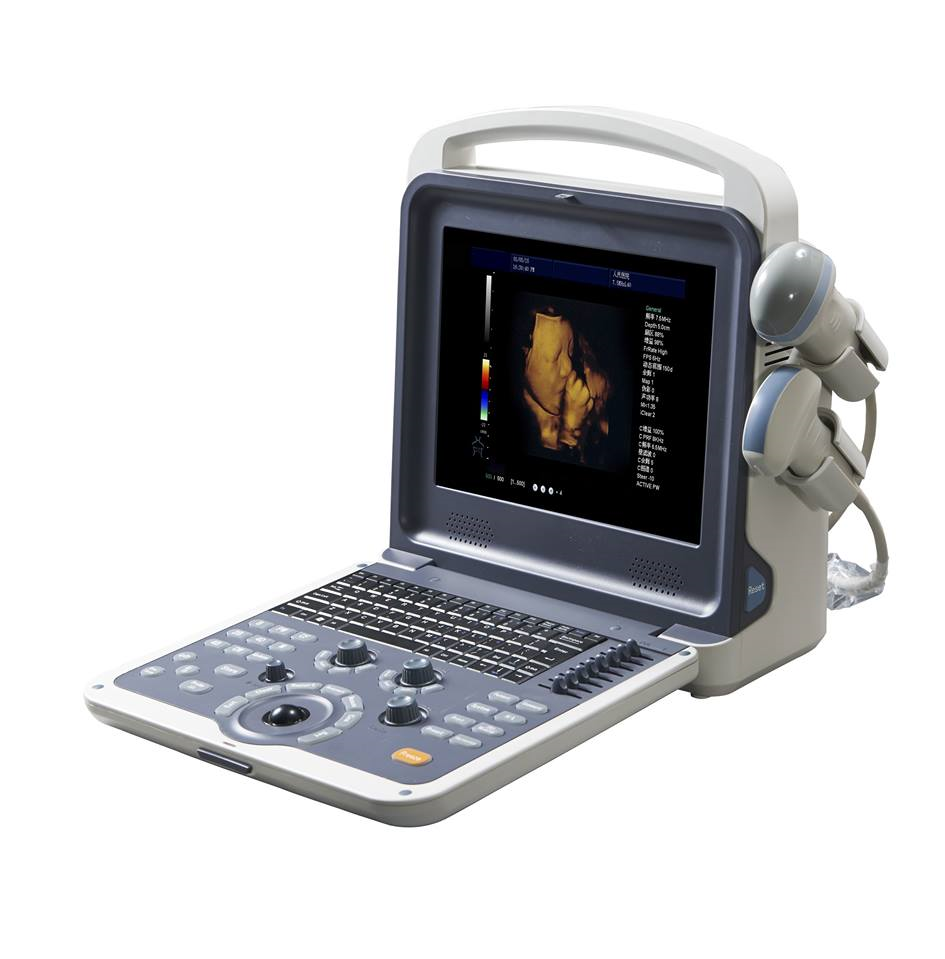Understanding the Impact of Ultrasound Transducer Elements on Imaging Quality
 Introduction:
Introduction:
Ultrasound imaging is a widely used diagnostic tool that relies on the accurate generation andinterpretation of ultrasound waves. One crucial component of an ultrasound system is the transducer, which consists of an array of transducer elements. Each transducer element emits and receives ultrasound waves, playing a vital role in the overall imaging quality. This article aims to provide an overview of how ultrasound transducer elements influence imaging quality and its implications in clinical practice.
Transducer Elements and Imaging Quality:
The quality of ultrasound images depends on several factors related to transducer elements. These factors include the number of elements, their size, shape, and arrangement within the transducer array. The spatial resolution, penetration depth, and signal-to-noise ratio are directly influenced by these characteristics.
-
Number of Elements: A higher number of transducer elements allows for better spatial resolution and image detail. More elements enable finer beamforming and the ability to focus ultrasound waves at different depths, resulting in improved image clarity.
-
Element Size and Shape: The size and shape of transducer elements impact the beam width and focal zone. Smaller elements offer better lateral resolution and improved focusing capabilities. Additionally, certain element shapes, such as concave or curved elements, can optimize image quality in specific applications.
-
Element Arrangement: The arrangement of transducer elements affects the beamforming process. Different arrangements, such as linear, curved, or phased arrays, have distinct advantages for specific imaging scenarios. For example, phased array transducers offer electronic focusing and steering, allowing for better control of the ultrasound beam.
Clinical Implications:
The quality of ultrasound imaging directly influences diagnostic accuracy and clinical decision-making. Understanding the impact of transducer elements on imaging quality is essential for healthcare professionals. Here are a few examples of how transducer elements affect clinical practice:
-
Specialized Applications: Different transducer element arrangements are employed for specific applications. For instance, curved array transducers are commonly used in cardiac imaging to obtain optimal views of the heart, while linear array transducers are preferred for vascular studies.
Conclusion:
Ultrasound transducer elements play a significant role in determining the imaging quality and diagnostic capabilities of ultrasound systems. Factors such as the number of elements, their size, shape, and arrangement directly influence spatial resolution, penetration depth, and image clarity. By understanding these principles, healthcare professionals can select the most appropriate transducer for specific imaging needs, ensuring high-quality ultrasound images and accurate clinical interpretations.
 EN
EN
 AR
AR BG
BG HR
HR CS
CS DA
DA NL
NL FI
FI FR
FR DE
DE EL
EL HI
HI IT
IT JA
JA KO
KO NO
NO PL
PL PT
PT RO
RO RU
RU SV
SV CA
CA TL
TL ID
ID SR
SR SK
SK SL
SL VI
VI GL
GL HU
HU TH
TH TR
TR FA
FA MS
MS KM
KM LO
LO LA
LA MY
MY UZ
UZ KY
KY


